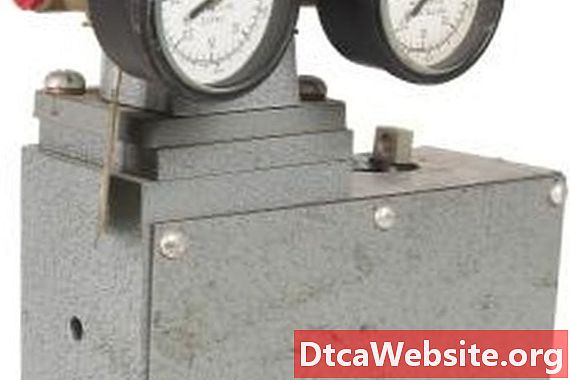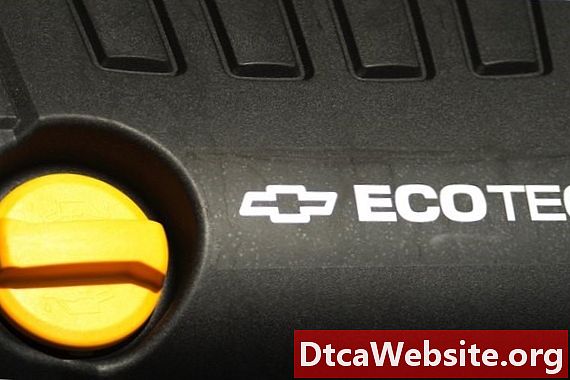
Contenu

Hydraulic relief valves limit the maximum system pressure to protect system components. The valves also limit the maximum output force of the hydraulic system. Although they have a number of variations, all valves work by balancing the hydraulic force with an adjustable spring force. Heat is created whenever the relief valve opens in response to a predetermined pressure. A correctly adjusted relief valve will enable the system to operate as designed while controlling the amount of heat generated.
Step 1
Refer to the machine drawings to determine which circuit requires adjustment. Locate the relief valve for the circuit. Relief valves are always piped in parallel to the pump and are normally as close to the pump as possible.
Step 2
Locate and remove the hydraulic hose or hoses on the system side of the relief valve. Cap off the hose and valve with the correct JIC caps or plugs as required. Do not cap off the return or tank side of the relief valve. Capping off or plugging unused hoses and fittings prevents the loss of hydraulic fluid and the introduction of contaminates into the system. Using any other method of capping or plugging a hose other than with the proper JIC plug or cap is unsafe and should never be attempted. This deadheads the hydraulic circuit in order to isolate the system to just the pump and relief valve.
Step 3
Connect a 5,000 psi pressure gauge between the relief valve and the pump. Most equipment will have a port already installed for this purpose. If no port is already installed, then use the correct adapter to install the gauge.
Step 4
Loosen the pressure relief valve adjustment all the way out. The relief valve will normally have a locking hex nut and either an Allen head adjuster or hand wheel adjuster. Start the equipment and activate the hydraulic circuit. The pressure reading on the gauge should be close to zero.
Step 5
Adjust the relief valve by turning the adjuster clockwise until the reading on the gauge builds to the pressure indicated on the machine drawings. This is what is known as the valve "cracking" pressure, which is the pressure at which the relief valve starts to open. Tighten the adjuster lock nut securely, being careful not to disturb the valve setting.
Shut down the machinery and allow the pressure to bleed off. Remove the JIC plugs and caps, and reconnect any hoses that were removed in Step 2. Start the machinery, and test the relief valve by actuating the circuit. The pressure reading on the circuit should not at any time rise above the pressure that was set on the relief valve.
Tip
- Excessive heat can be an indicator that a relief valve is malfunctioning or improperly adjusted. Look for signs of burnt paint or melted plastic on or near hydraulic components.
Warnings
- Hydraulic systems operate under very high pressures. This creates the potential for fluid to be injected through the skin from a leak at a fitting or hole in a hose. This injury often appears to be minor; however, it can quickly become life-threatening. There is no first aid for subcutaneous injections; stop what you are doing and seek immediate professional medical treatment.
- Do not try to stop or deflect leaks with your hand, body, glove or rag.
- Hydraulic systems generate heat during operation. Use gloves when handling hot components and avoid contact with bare skin.
Items you will need
- Machine drawings
- Combination wrench set
- JIC caps and plugs
- Allen wrench set
- 5,000 psi gauge
- Hydraulic gauge adapter


